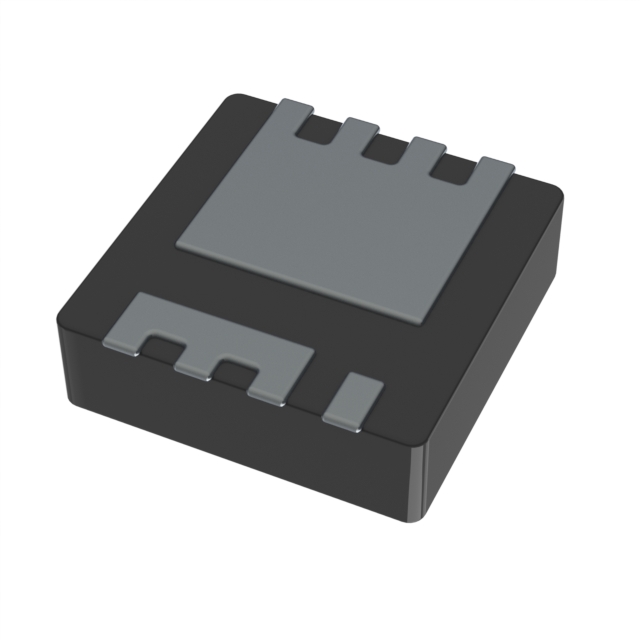
ISZ230N10NM6ATMA1
ActiveISZ230N10NM6 OPTIMOS™ 6 100V IN NORMAL LEVEL IS SETTING THE NEW TECHNOLOGY STANDARD IN THE FIELD OF DISCRETE POWER MOSFETS.
Deep-Dive with AI
Search across all available documentation for this part.

ISZ230N10NM6ATMA1
ActiveISZ230N10NM6 OPTIMOS™ 6 100V IN NORMAL LEVEL IS SETTING THE NEW TECHNOLOGY STANDARD IN THE FIELD OF DISCRETE POWER MOSFETS.
Deep-Dive with AI
Technical Specifications
Parameters and characteristics for this part
| Specification | ISZ230N10NM6ATMA1 |
|---|---|
| Current - Continuous Drain (Id) @ 25°C | 7.7 A, 31 A |
| Drain to Source Voltage (Vdss) | 100 V |
| Drive Voltage (Max Rds On, Min Rds On) | 8 V, 10 V |
| FET Type | N-Channel |
| Gate Charge (Qg) (Max) @ Vgs | 9.3 nC |
| Input Capacitance (Ciss) (Max) @ Vds | 690 pF |
| Mounting Type | Surface Mount |
| Operating Temperature [Max] | 175 ░C |
| Operating Temperature [Min] | -55 °C |
| Package / Case | 8-PowerTDFN |
| Rds On (Max) @ Id, Vgs | 23 mOhm |
| Supplier Device Package | PG-TSDSON-8 FL |
| Technology | MOSFET (Metal Oxide) |
| Vgs (Max) | 20 V |
| Vgs(th) (Max) @ Id | 3.3 V |
Pricing
Prices provided here are for design reference only. For realtime values and availability, please visit the distributors directly
Description
General part information
ISZ230 Series
ISZ230N10NM6OptiMOS™ 6 100 Vin normal level is setting the new technology standard in the field of discrete power MOSFETs. Infineon’s latest OptiMOS™ 6 MOSFET technology at 100 V utilizes a proprietary trench technology that enables higher power density, efficiency and ruggedness. Compared to alternative products, Infineon’s leading thin wafer technology is enabling significant performance benefits. Infineon’sOptiMOS™ 6 industrial power MOSFET 100 Vis designed for high switching frequency application such astelecomandserver power supply, but also the ideal choice for other applications such assolar,power toolsanddrones. In PQFN 3.3x3.3 package it achieves ~20% improvements in on-state resistance (RDS(on)) and 30% better figure of merits (FOM - RDS(on)x Qgand Qgd) compared to the previous technology OptiMOS™ 5. This enables designers to increase efficiency, allowing easier thermal design and less paralleling, leading to system cost reduction.


